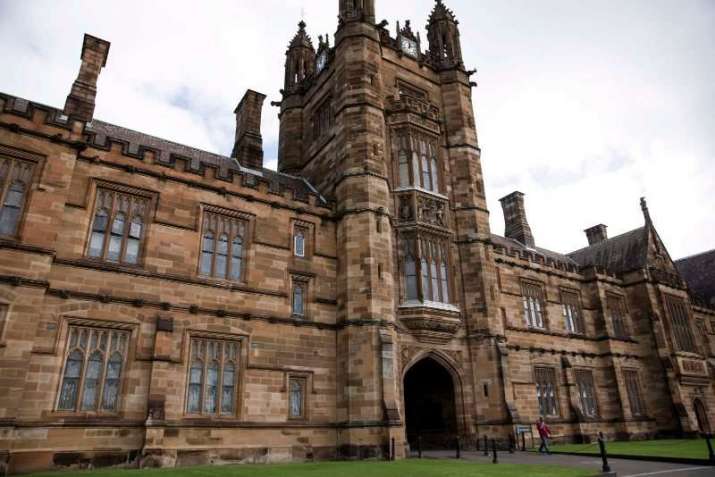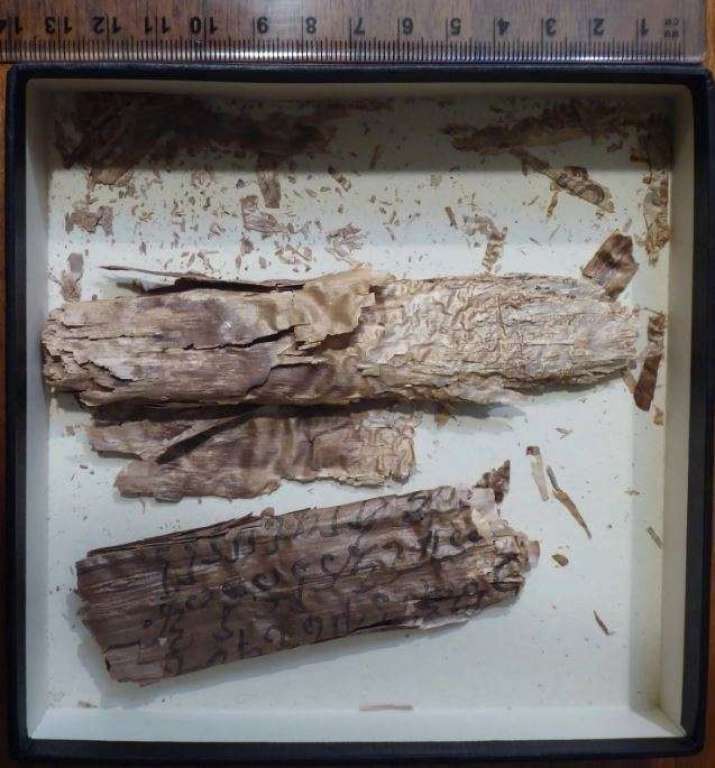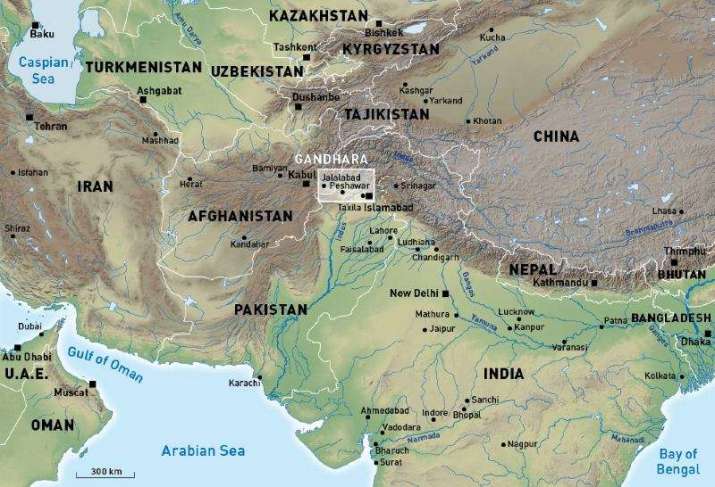The presence of the texts was made public in May 2019 by Allon, who at the time was launching his fundraising campaign to gather leading scholars to study and translate the texts to make them freely available to the public.* Allon claimed at the time to have had an arrangement in process with the Pakistani government and a public institution in Pakistan regarding the texts.
However, an anonymous scholar familiar with Allon’s work wrote a letter of complaint to the university, voicing concerns about the ethics and legality of the manuscripts. In September 2019, after receiving no response from the university, the scholar contacted Michaela Boland, a journalist from The Sydney Morning Herald, to share those concerns.
In a letter to Boland, the scholar said: “The study of unprovenanced artifacts is linked to an increase in their market value, perpetuates illicit excavation and the attendant destruction of archaeological context and cultural heritage, as well as supporting international criminal networks.” He continued: “If they’re from Pakistan, there is no way they could have been legally exported.” (The Sydney Morning Herald)


















